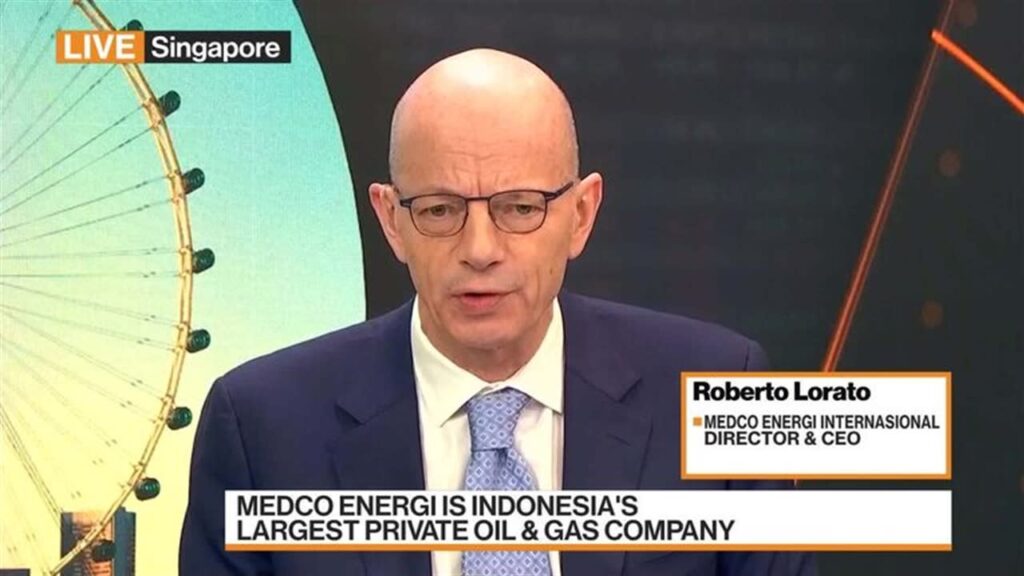Drone CEO Says Europe Needs Better Defense Tech: Tech Summit
In order to defend itself, Europe needs to begin investing more in defense technologies, such as robots, hardware, and also artificial intelligence, according to Florian Seibel, CEO of German drone company Quantum Systems.

Russia’s war in Ukraine was “a wake-up call for European resilience,” Seibel said in an onstage interview at the Bloomberg Technology Summit in London. “The only way we can protect what we have in Europe is by investing in technology, in automation, in robotics that can monitor our borderlines. That’s exactly what we’re doing.”
“If we as a society do not want our kids to fight Chinese war robots we need to start acting now,” he said.
finance.yahoo.com
Drone laws imposed by the European Union should be changed, according to Seibel, as they have prevented the continent from advancing its technological capabilities and have caused it to lag behind nations like China. Online-available Chinese toy drones perform better than certain European drones, he claimed.
The yearly European Tech Summit, organized by Bloomberg, dealt with the most important issues facing the globe today, such as geopolitical conflicts and the effects of climate change, and how digital businesses are attempting to both survive and provide solutions. Among other topics discussed were tech policy, clean technology, artificial intelligence, and the intensifying competition to control the semiconductor market.
The German drone startup Quantum Systems, which has been working in Ukraine since the Russians invaded it and was supported by Peter Thiel, said during the Bloomberg Technology Summit that it has secured €63.6 million which is approximately $67 million in additional investment.
The startup based in Munich said in an announcement on Tuesday that the Series B financing was managed by HV Capital and DTCP Capital and supported by Airbus Ventures, Thiel Ventures, as well as Project A. It happened after the firm secured an agreement for its Vector reconnaissance drones with the German armed forces.
Also Read: Zuckerberg Says Threads Has Almost 100 Million Monthly Users
At the conference, Michelle Donelan, the secretary of state for science, innovation, and technology, said that the British government would permit Big Tech to keep some of its liberties for appealing antitrust rulings.
Donelan was reacting to a Bloomberg story that surfaced a while back on Tuesday, which stated that appeals for decisions made by the Competition as well as Market Authority’s emerging Digital Markets Division will be restricted in order to give significant IT businesses more attention.

I am a student pursuing my bachelor’s in information technology. I have a interest in writing so, I am working a freelance content writer because I enjoy writing. I also write poetries. I believe in the quote by anne frank “paper has more patience than person


